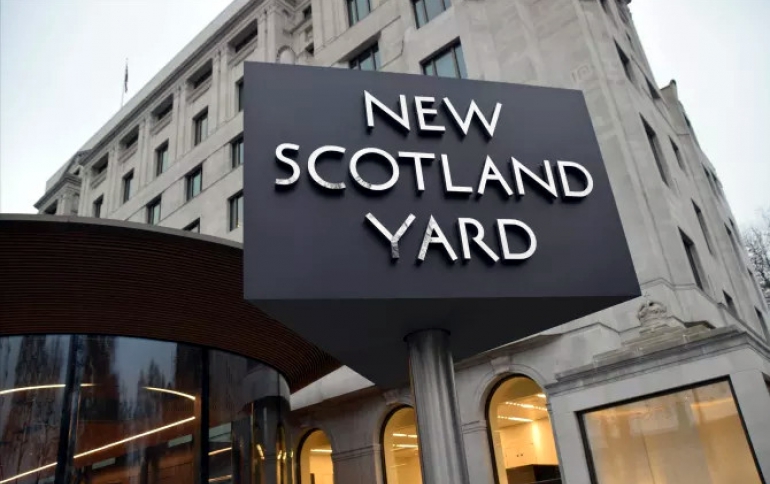
London Police Starts Using Live Facial Recognition Technology
London's Metropolitan Police Service announced on Friday that it will begin the operational use of Live Facial Recognition (LFR) technology.
Met Police said that the use of live facial recognition technology will be intelligence-led and deployed to specific locations in London. "This will help tackle serious crime, including serious violence, gun and knife crime, child sexual exploitation and help protect the vulnerable," Met said.
The technology, from NEC, provides police officers with an additional tool to assist them to locate and arrest wanted people.
This is not a case of technology taking over from traditional policing; this is a system which simply gives police officers a ‘prompt’, suggesting “that person over there may be the person you’re looking for”, it is always the decision of an officer whether or not to engage with someone.
Assistant Commissioner Nick Ephgrave, said:
“This is an important development for the Met and one which is vital in assisting us in bearing down on violence. As a modern police force, I believe that we have a duty to use new technologies to keep people safe in London. Independent research has shown that the public support us in this regard. Prior to deployment we will be engaging with our partners and communities at a local level.
“We are using a tried-and-tested technology, and have taken a considered and transparent approach in order to arrive at this point. Similar technology is already widely used across the UK, in the private sector. Ours has been trialled by our technology teams for use in an operational policing environment.
“Every day, our police officers are briefed about suspects they should look out for; LFR improves the effectiveness of this tactic.
“Similarly if it can help locate missing children or vulnerable adults swiftly, and keep them from harm and exploitation, then we have a duty to deploy the technology to do this.”
The Met will begin operationally deploying LFR at locations where intelligence suggests we are most likely to locate serious offenders. Each deployment will have a bespoke ‘watch list’, made up of images of wanted individuals, predominantly those wanted for serious and violent offences.
At a deployment, cameras will be focused on a small, targeted area to scan passers-by. The cameras will be clearly signposted and officers deployed to the operation will hand out leaflets about the activity. The technology, which is a standalone system, is not linked to any other imaging system, such as CCTV, body worn video or ANPR.
AC Ephgrave continued:
“Equally I have to be sure that we have the right safeguards and transparency in place to ensure that we protect people’s privacy and human rights. I believe our careful and considered deployment of live facial recognition strikes that balance.”
The news come at a time that EU lawmakers are mulling a temporary ban on the use of facial recognition to safeguard individuals' rights, as part of risk-focused plan to regulate AI.
The text of the draft of an EU proposal for regulating AI which leaked last week noted that a ban on facial recognition in public places would "safeguard the rights of individuals".





















